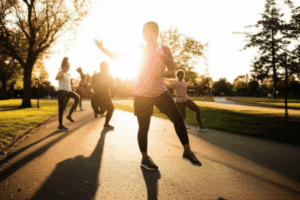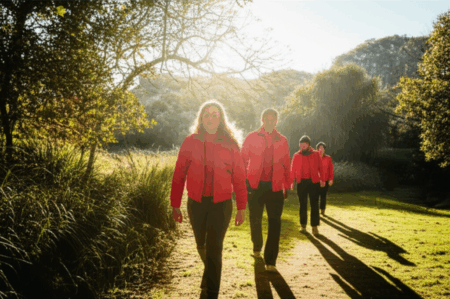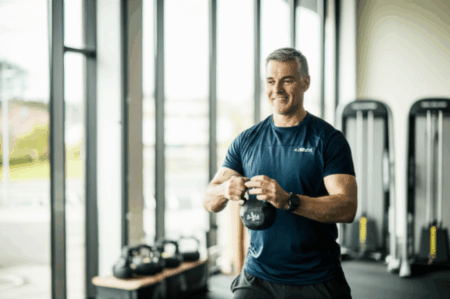The quest for longevity often conjures images of complex regimens and futuristic interventions. However, leading biochemists and longevity experts are converging on a simpler, more accessible truth: a consistent, strategic exercise routine can dramatically reverse biological aging, potentially by decades. While the idea of a single “daily exercise” being the ultimate “gold standard” might be a slight oversimplification of complex research, specific, time-efficient protocols and consistent physical activity are indeed championed for their profound anti-aging benefits.

The Norwegian 4×4 Protocol: A “Gold Standard” for Heart Rejuvenation
One of the most compelling recommendations comes from Dr. Rhonda Patrick, a respected biochemist and longevity expert, who touts the “Norwegian 4×4 protocol” as a “gold standard” for reversing age-related heart damage. This high-intensity workout, performed just once or twice a week for 30-40 minutes per session, has been scientifically proven to improve cardiovascular fitness and heart structure, potentially rejuvenating the heart by up to two decades.
The Norwegian 4×4 protocol typically involves:
- Warm-up: 5-10 minutes of light cardio.
- Four Intervals: Each interval consists of 4 minutes at 85-90% of your maximum heart rate (where you’re breathing hard and can only speak in short sentences), followed by 3 minutes of active recovery at 60-70% of maximum heart rate.
- Cool-down: 5 minutes of light cardio.
This regimen, while not strictly “daily,” delivers immense cardiovascular benefits in a remarkably short weekly commitment, making it highly effective for busy individuals.
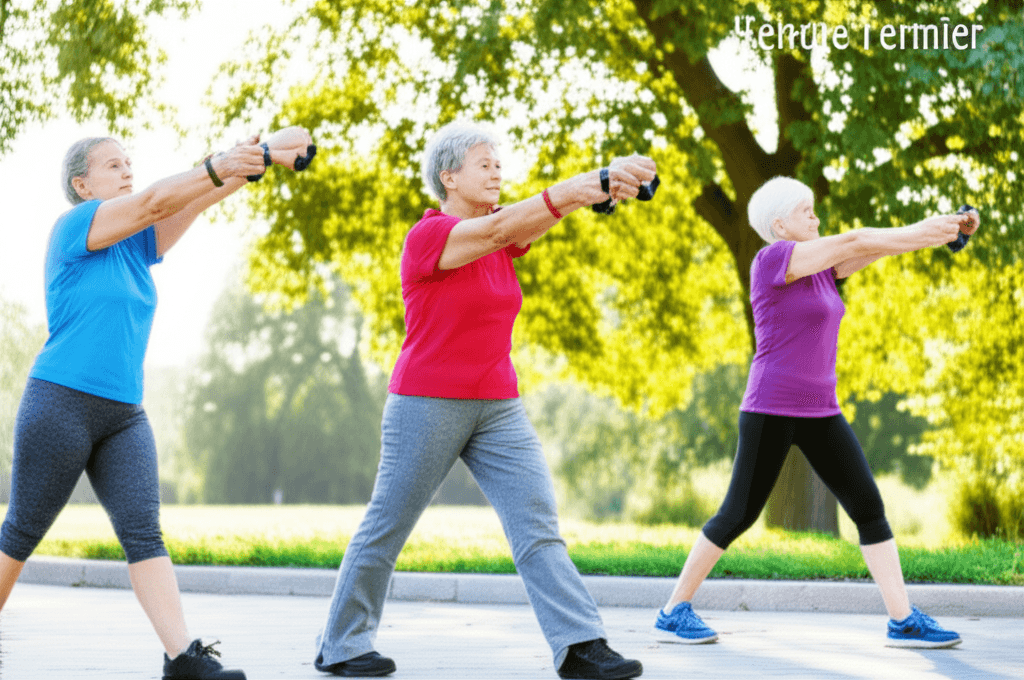
Broader Anti-Aging Exercise Strategies from Leading Experts
Beyond Dr. Patrick’s specific “gold standard,” other prominent figures in longevity research, such as Harvard geneticist Dr. David Sinclair and Stanford neurobiologist Dr. Andrew Huberman, advocate for diverse forms of exercise that, when integrated, contribute to significant age reversal and healthspan extension. These experts emphasize that a multifaceted approach, often involving sessions under an hour, is crucial for comprehensive anti-aging benefits.
High-Intensity Interval Training (HIIT) for Cellular Youth
Both Dr. Sinclair and Dr. Huberman highlight the importance of high-intensity efforts. Dr. Sinclair suggests exercising at least three times per week, focusing on activities that lead to breathlessness for about 10 minutes to induce a state of hypoxia. This, he explains, stimulates muscle building, improves blood flow, and triggers the secretion of age-slowing chemicals from body tissues. Dr. Huberman corroborates this, stating that brief, intense workouts (like sprinting, cycling, or rowing) can significantly improve mitochondrial function and help maintain telomere length, crucial markers of cellular aging. HIIT, performed for short bursts with recovery periods, can fit into a less-than-an-hour timeframe and offers a “signal to your brain and body that you are choosing to adapt, grow, and stay youthful at the cellular level.”
Resistance Training: Building Resilience and Hormonal Balance
Maintaining muscle mass is a cornerstone of anti-aging, directly combating sarcopenia (age-related muscle loss) and improving metabolic health. Dr. Sinclair recommends lifting weights every other day, emphasizing exercises for the back, hips, and upper thighs, as these areas are crucial for preventing frailty in older age and maintaining hormone levels. Dr. Huberman further stresses the importance of resistance training, particularly compound movements like squats and deadlifts, done 2-4 times per week. He notes that muscle acts as an “organ of longevity,” releasing chemical signals (myokines) that influence metabolism, brain function, and the immune system. These sessions can typically be completed in under an hour, focusing on progressive overload to stimulate continuous adaptation.
Zone 2 Cardio and Daily Movement: Metabolic Flexibility and Longevity Foundation
While high intensity is vital, consistent moderate-intensity aerobic exercise, known as Zone 2 cardio, provides a foundational layer for longevity. Dr. Huberman describes Zone 2 cardio as the “forgotten cornerstone of longevity,” training metabolism, protecting the brain, enhancing blood flow, and building mitochondrial resilience. This involves activities where you can comfortably hold a conversation, typically for 30-60 minutes several times a week.
Additionally, simply moving daily and avoiding prolonged sitting is a critical anti-aging practice. Dr. Sinclair stresses that “you’ve got to move” for a long life, advocating for daily steps and walking after meals to regulate glucose levels and improve circulation. Even low-level exercise, such as walking, offers significant benefits, with notable health improvements starting at 4,000-6,000 steps per day.
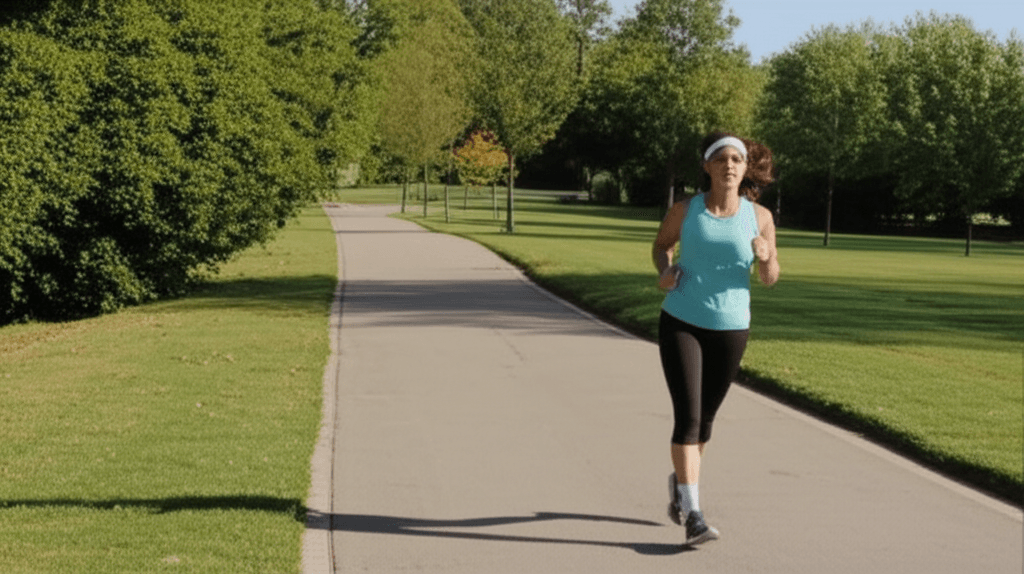
The Science Behind Exercise-Induced Age Reversal
The ability of exercise to “reverse” or significantly slow biological aging is rooted in several key cellular and molecular mechanisms:
- Telomere Maintenance: Telomeres are protective caps at the ends of chromosomes that shorten with each cell division, contributing to cellular aging. High-intensity physical activity has been shown to maintain telomere length, effectively making cells biologically younger.
- Mitochondrial Biogenesis and Function: Exercise, especially HIIT, stimulates the creation of new mitochondria and improves the efficiency of existing ones. Mitochondria are the powerhouses of our cells, and their decline is a hallmark of aging. Enhanced mitochondrial function leads to better energy production and reduced oxidative stress.
- Activation of Longevity Genes: Exercise activates key survival pathways and longevity genes, such as AMPK and sirtuins. These genes regulate cellular repair, stress resistance, and metabolism, playing a direct role in delaying the aging process.
- Reduced Inflammation and DNA Damage: Regular physical activity helps to reduce chronic inflammation, a major driver of age-related diseases and cellular damage. It also supports DNA repair mechanisms, mitigating the accumulation of DNA damage that contributes to aging.
- Hormonal Regulation: Strength training, in particular, helps maintain optimal hormone levels, including testosterone, which naturally decline with age.
- Epigenetic Remodeling: Studies show that regular exercise can reduce epigenetic age—molecular changes in DNA that reflect the body’s biological age. Sedentary middle-aged women, for instance, reduced their epigenetic age by two years after just eight weeks of combined aerobic and strength training.
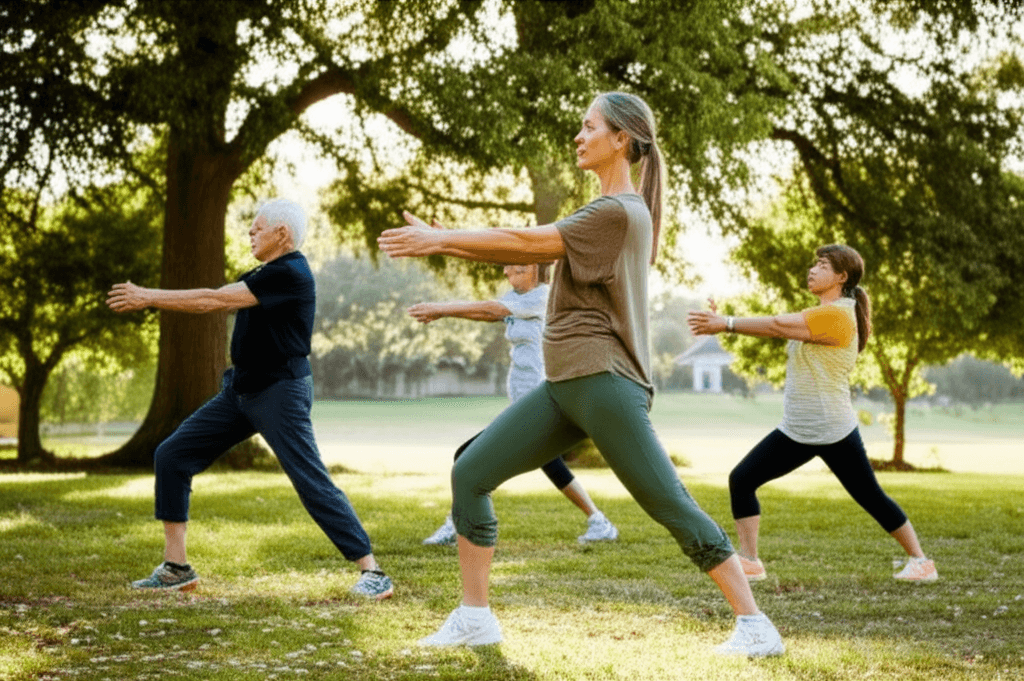
Integrating Exercise into a Holistic Longevity Lifestyle
While exercise is a powerful anti-aging tool, experts emphasize that its effects are amplified when combined with other longevity-promoting habits. These include:
- Nutrient-Rich Diet: Prioritizing plant-based foods, healthy fats, and adequate protein intake is crucial for cellular health and muscle maintenance. Dr. Sinclair, for example, advocates for plant-based proteins and eating less often, often within a six-hour window. Dr. Vonda Wright, an orthopedic surgeon and longevity expert, emphasizes a high-protein, zero-sugar diet to rebuild the body.
- Prioritizing Sleep: Adequate and restorative sleep is essential for recovery, hormonal balance, and overall cellular repair.
- Stress Management: Chronic stress can accelerate aging, making practices like meditation and mindfulness important for longevity.
In conclusion, while no single “daily exercise” guarantees age reversal, the collective wisdom of leading biochemists and longevity experts points to a consistent, varied exercise regimen as the most potent intervention. Integrating high-intensity bursts, resistance training, and steady aerobic activity—often in sessions less than an hour—alongside smart dietary and lifestyle choices, truly represents the “gold standard” for turning back the biological clock and extending a vibrant, healthy life.

